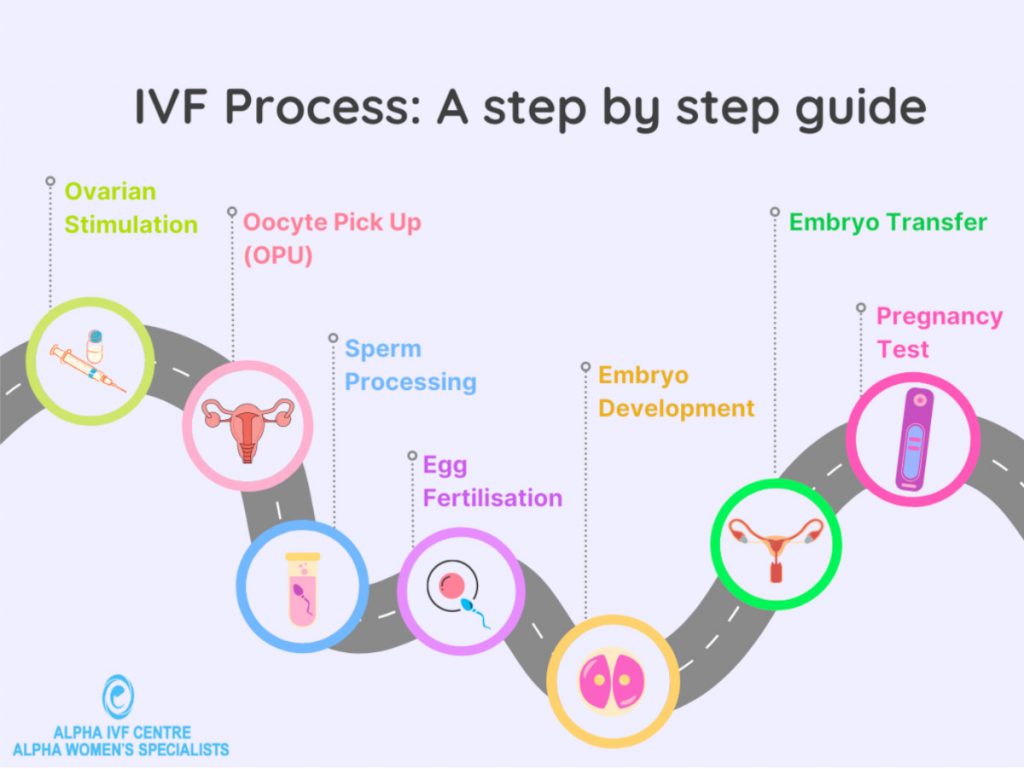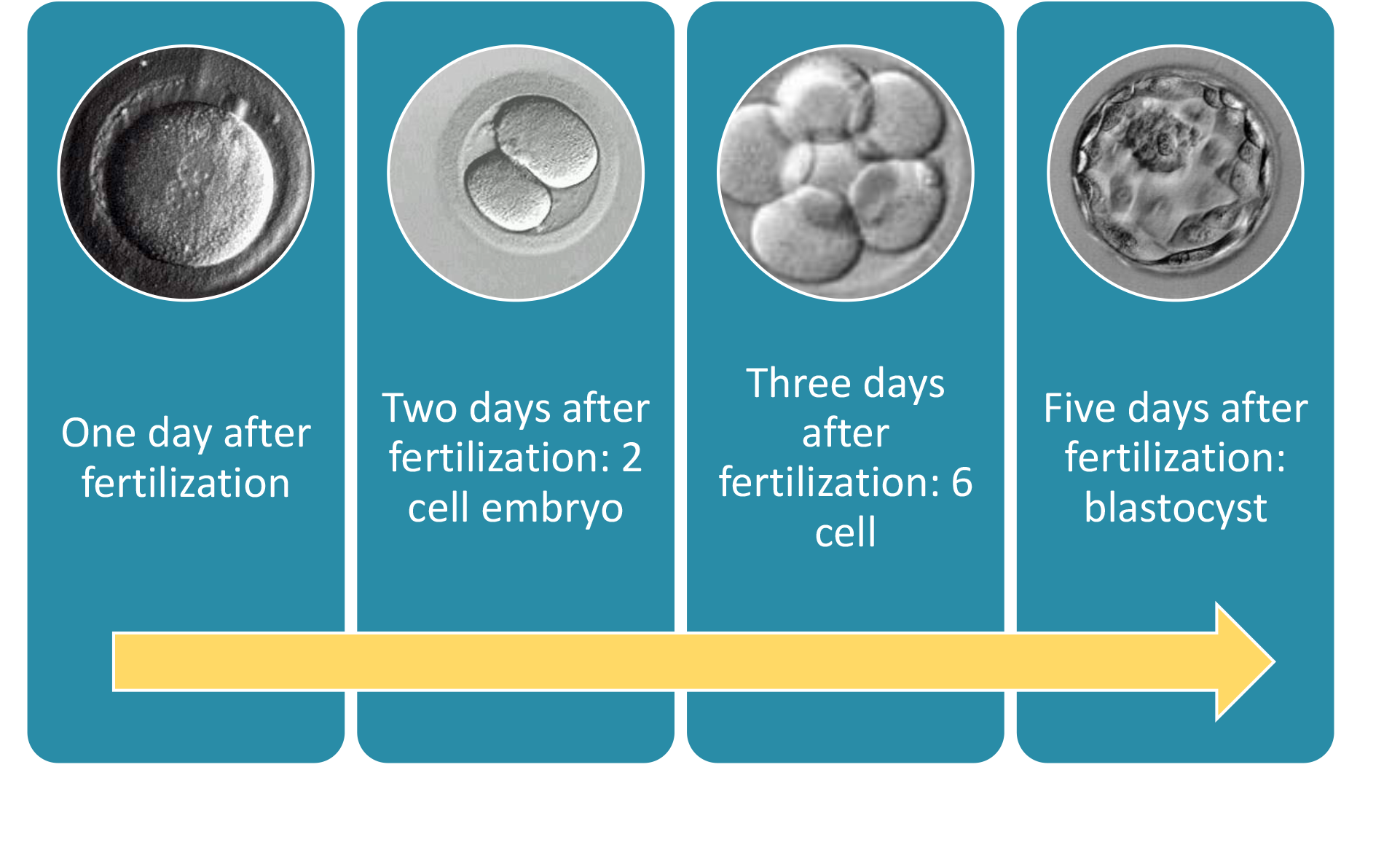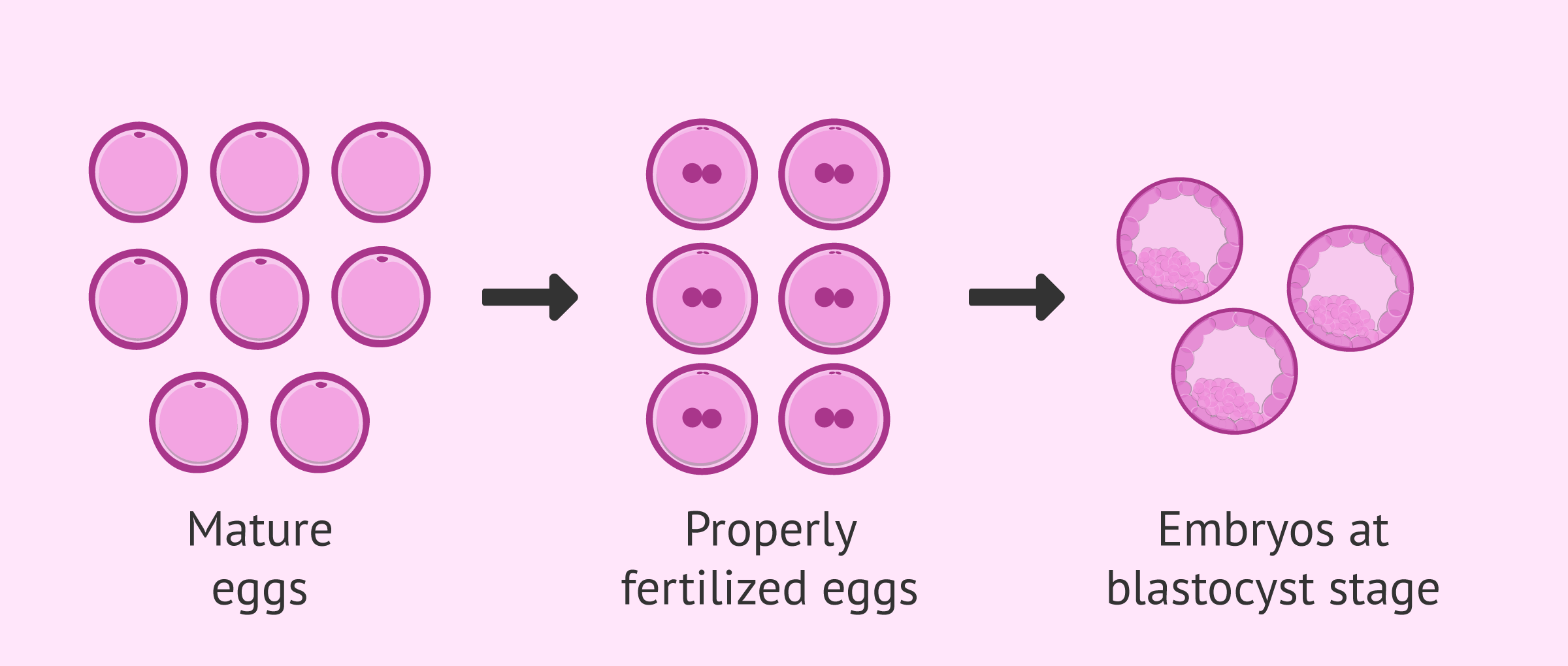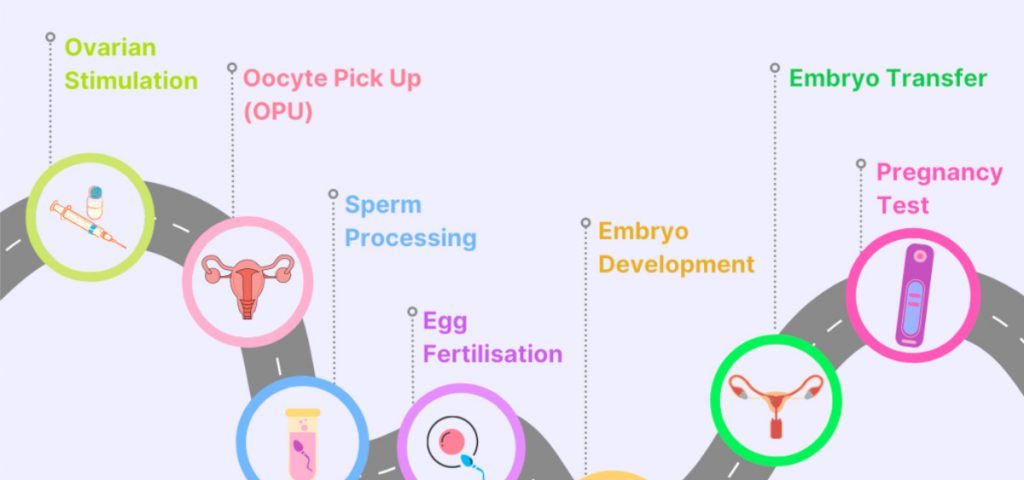How Many Eggs Are Cultured in the IVF Process?
Hey there! If you’re curious about the wild and fascinating world of in vitro fertilization (IVF), you’ve landed in the right spot. IVF is like a science fiction movie come to life—eggs and sperm meeting in a lab dish, growing into tiny embryos, and giving people a shot at starting a family. But one question pops up all the time: How many eggs are cultured in the IVF process? It’s not a simple number, and there’s so much more to it than you might think. Let’s dive in and uncover the juicy details—some of which might surprise you!
What Does “Cultured” Mean in IVF?
First things first—what’s this “culturing” business all about? In IVF, “culturing” means growing eggs and embryos in a lab after they’ve been retrieved from the ovaries and fertilized with sperm. Picture a high-tech nursery where tiny potential babies get the VIP treatment under microscopes, in special dishes filled with nutrient-rich liquids. It’s not just about how many eggs start the journey, but how many make it through the process to become healthy embryos ready for a chance at pregnancy.
So, how many eggs are involved? Well, it’s a rollercoaster ride with ups, downs, and a few twists—let’s break it down step by step.
Step 1: How Many Eggs Are Retrieved?
The IVF process kicks off with egg retrieval, but before that, doctors use medications to boost the ovaries into overdrive. Normally, your body picks just one egg each month to release (ovulation), but in IVF, the goal is to get a bunch more. Why? Because not every egg will turn into a winner.
The Numbers Game
On average, doctors aim to retrieve 10 to 15 eggs per IVF cycle. But here’s the catch—it’s not the same for everyone. Some people might get just 2 or 3, while others could hit the jackpot with 20 or more. It all depends on stuff like:
- Age: Younger women (under 35) often produce more eggs because their ovaries are still in top shape.
- Health: Conditions like polycystic ovary syndrome (PCOS) can mean more eggs, while low ovarian reserve might mean fewer.
- Stimulation: The type and dose of meds can tweak how many eggs pop out.
Fun Fact Fans Will Love
Did you know some women with PCOS have had over 40 eggs retrieved in one go? It’s like an egg party in there! But more isn’t always better—too many eggs can sometimes mean lower quality, which is a plot twist we’ll get into later.
What the Science Says
A 2018 study looking at over 100,000 IVF cycles found that retrieving 17 to 25 eggs gave the best shot at a live birth (40-47% success rate). Older research from 2011 said success peaked at 15 eggs and dropped after 20. The takeaway? There’s a sweet spot, and it’s not just about piling up eggs like a grocery run.

Step 2: How Many Eggs Are Mature?
Okay, so the doctor retrieves, say, 15 eggs. Are they all ready to roll? Nope! Not every egg is mature enough to be fertilized. Think of it like apples—some are ripe and juicy, others are still green.
Maturity Matters
Typically, 80-90% of retrieved eggs are mature. So, if you start with 15, you might end up with 12-13 that are ready to meet some sperm. Immature eggs get sidelined—they can’t be used in standard IVF, though some labs are experimenting with maturing them in special cultures (fancy, right?).
A Peek Behind the Scenes
Here’s something most people don’t know: embryologists check each egg under a microscope to see if it’s got the right stuff. They’re looking for a little halo called the “cumulus” and a tiny bubble called the “polar body”—signs the egg is good to go. It’s like a secret egg beauty pageant!
Step 3: How Many Eggs Get Fertilized?
Now comes the big moment—fertilization! The mature eggs are mixed with sperm (or injected with a single sperm in a method called ICSI). But not every egg says “yes” to the sperm.
The Fertilization Rate
About 60-70% of mature eggs fertilize successfully. So, from those 12-13 mature eggs, you might get 8-9 fertilized ones, now called embryos. Why don’t they all work? Sometimes the egg or sperm has a glitch, or the timing’s off—it’s nature’s way of being picky.
Insider Scoop
Ever wonder what happens in the lab? The embryologist might whisper sweet nothings to the eggs (just kidding!), but they do watch them closely overnight. By morning, they can spot tiny signs of life—like two little dots (pronuclei) showing the egg and sperm have teamed up. It’s a magical, microscopic moment!
Expert Insight
Dr. Jane Frederick, a fertility specialist, once said, “Fertilization is like a dance—everything has to line up perfectly, and even then, not every couple makes it to the floor.” It’s a reminder that IVF is part science, part luck.
Step 4: How Many Embryos Are Cultured?
Here’s where the “culturing” really shines. Those fertilized eggs (embryos) are placed in a special incubator to grow for 3 to 6 days. The goal? Turn them into strong contenders for implantation.
The Drop-Off
- Day 3: Most embryos reach 6-8 cells, but only about 50% of fertilized eggs make it this far without stalling.
- Day 5-6 (Blastocyst Stage): Only 30-50% of Day 3 embryos become blastocysts—embryos with over 64 cells, ready to implant. So, from 8-9 fertilized eggs, you might end up with 3-4 blastocysts.
Why the Shrinkage?
It’s called “attrition”—a fancy word for the natural weeding-out process. Some embryos stop growing because of genetic hiccups or just bad luck. It’s tough to hear, but it’s normal, even in natural conception.
Cool Tidbit
Blastocysts are like the rock stars of the embryo world. They’ve proven they can grow, divide, and activate their own DNA. Some clinics even use time-lapse cameras to spy on them—talk about reality TV for embryos!

Step 5: How Many Embryos Make the Final Cut?
After culturing, not all blastocysts are transferred right away. Some get frozen, some get tested, and only a few (usually 1-2) go into the uterus.
The Final Numbers
- Genetic Testing (PGT): If you opt for this, about 50% of blastocysts might be genetically normal. So, 3-4 could drop to 1-2.
- Transfer: Doctors often transfer just 1 or 2 to avoid twins or triplets (which sound cute but can be risky).
Hidden Gem
Ever heard of “embryo banking”? Some people do multiple IVF cycles to stockpile embryos, freezing them for later. It’s like saving up for a rainy day—except it’s a baby day!
What Affects How Many Eggs Are Cultured?
The number of eggs cultured isn’t set in stone—it’s a wild card influenced by tons of factors. Let’s spill the tea on what’s really going on.
Age: The Big Player
- Under 35: You might retrieve 10-20 eggs, with 5-10 becoming blastocysts.
- 35-40: Numbers drop to 8-15 eggs, with 3-6 blastocysts.
- Over 40: Often 5-10 eggs, with 1-3 blastocysts—if you’re using your own eggs.
Lifestyle Secrets
Your hobbies and habits can sneakily affect things:
- Smoking: ❌ Cuts egg numbers and quality—quit if you can!
- Exercise: ✔️ Moderate workouts (like yoga) can boost blood flow to the ovaries.
- Diet: ✔️ Omega-3s (think salmon) might improve egg health, per some studies.
Meds and Protocols
Doctors tweak the meds to fit you:
- High Dose: More eggs, but risk of overstimulation.
- Mini-IVF: Fewer eggs (1-5), but gentler on the body—great for some fans who hate needles!
Real-Life Examples: What Fans Want to Know
Let’s get personal—here are some stories to show how this plays out.
Sarah, 32
- Retrieved: 18 eggs
- Mature: 15
- Fertilized: 10
- Blastocysts: 4
- Outcome: 1 transferred, 3 frozen—she’s now a mom!
Mia, 39
- Retrieved: 9 eggs
- Mature: 7
- Fertilized: 5
- Blastocysts: 2
- Outcome: Both tested abnormal, so she’s trying again.
Insider Tip
Mia’s story shows why some folks go for donor eggs—by 40, quality drops, and success rates jump to 50%+ with younger donor eggs.

Busting Myths About Egg Numbers
There’s a lot of chatter out there—let’s clear the air.
Myth #1: More Eggs = Guaranteed Baby
❌ Nope! Quality beats quantity. Twenty eggs sound great, but if they’re not healthy, you’re back to square one.
Myth #2: Fewer Eggs = Failure
❌ Not true! Even 1-2 good embryos can lead to a baby. It’s about the champs, not the crowd.
Expert Voice
Dr. Aimee Eyvazzadeh, aka the “Egg Whisperer,” says, “One perfect egg can be all you need. It’s not a numbers game—it’s a quality game.” Wise words!
Practical Tips to Boost Your Egg Count
Want to give your eggs a fighting chance? Here’s how:
Before IVF
- Sleep: Aim for 7-9 hours—tired ovaries don’t perform.
- Supplements: CoQ10 (ask your doc!) might perk up egg quality, per a study showing 29% higher pregnancy rates.
- Stress Less: Meditation or a hobby like painting can calm your system.
During IVF
- Follow Meds: Take those shots on time—consistency is key.
- Hydrate: Water helps your body handle the stimulation.
Step-by-Step Guide
- Chat with Your Doc: Ask about your ovarian reserve (AMH test).
- Pick a Protocol: High-dose or mini-IVF? Tailor it to you.
- Track Progress: Ultrasounds show how many eggs are growing—get excited!
The Latest Research: What’s New in 2025?
Science is always cooking up something fresh. Here’s what’s hot as of March 24, 2025:
AI in IVF
A January 2025 study from Imperial College found AI can predict the best time to retrieve eggs based on follicle size, boosting success rates. It’s like having a crystal ball for your cycle!
In Vitro Maturation (IVM)
Labs are maturing immature eggs outside the body, turning “rejects” into players. It’s not mainstream yet, but it could mean more eggs to culture.
Success Rates Update
Latest data shows 46% live birth rates for women under 35 with 10-15 eggs retrieved—proof the sweet spot still holds.
Why Does This Matter to You?
Whether you’re an IVF newbie, a hopeful parent, or just a curious soul, knowing how many eggs are cultured helps you:
- Set Expectations: It’s a marathon, not a sprint.
- Feel Empowered: You’re in on the secrets now!
- Spark Joy: The process is wild, and you’re part of it.
Emotional Side Note
Fans often wonder about the rollercoaster of feelings. One minute you’re thrilled with 15 eggs, the next you’re down to 3 blastocysts. It’s okay to ride that wave—every step is a story.
Let’s Get Interactive!
Got questions? Love a good poll? Here’s your chance to join the fun:
Quick Poll
How many eggs do you think is “ideal” for IVF?
- A) 5-10
- B) 10-15
- C) 15-20
- D) More than 20
Drop your vote in the comments!
Ask Away
What’s one thing you wish you knew about IVF before starting? Share below—I’ll reply with some extra insights!

